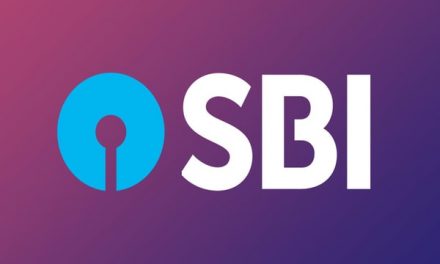The National Payments Corporation of India developed the Unified Payments Interface, an instant real-time payment system that facilitates inter-bank transactions. The Reserve Bank of India regulates the interface, which works by transferring payments between two bank accounts on a mobile platform in real-time.
Customers are required to carry extra issue authentication (AFA) on all recurring payments executed via their debit playing cards, bank cards, UPI, and pay as you go payments devices (PPIs), in accordance with the Reserve Bank of India (RBI) pointers,
AFA is a one-time course for transactions beneath ₹5,000 and is similar to approval utilizing OTP at the time of registration.
With UPI AUTOPAY, prospects can allow recurring e-mandate utilizing any UPI application for recurring payments akin to cellular payments, electrical energy payments, EMI payments, leisure/OTT subscriptions, insurance coverage, mutual funds, and mortgage payments, paying for transit/metro payments amongst others of up to ₹5,000. If the quantity exceeds ₹5,000, prospects have to execute each mandate with UPI PIN.
How does UPI AutoPay work?
A ‘Mandate’ option will be available in any UPI-enabled application, allowing customers to establish, approve, alter, stop, or revoke an auto-debit mandate. To use the UPI Autopay feature, follow this step-by-step guide.
Authenticate your account with a UPI PIN once, and subsequent monthly payments will be automatically debited from your account.
For transactions up to Rs. 2000, create an e-mandate using a UPI-enabled bank ID or a QR scan.
Every mandate will demand a UPI PIN authentication for transactions exceeding Rs. 2000.
One-time, daily, weekly, fortnightly, monthly, bi-monthly, quarterly, half-yearly, and yearly mandates are all possible.












